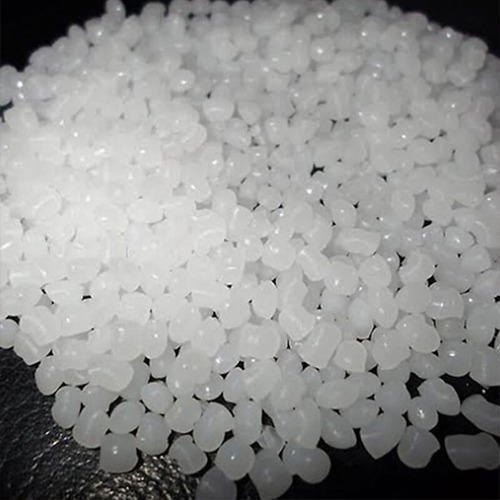The global Micronutrients Fertilizers Market is estimated to be valued at US$ 2,821.1 million in 2021 and is expected to exhibit a CAGR of 7.20% over the forecast period 2022-2030, as highlighted in a new report published by Coherent Market Insights.
Market Overview:
Micronutrients are essential nutrients required in smaller quantities by plants for their growth and development. These include elements such as iron, zinc, copper, manganese, molybdenum, and boron. Micronutrients play a crucial role in enhancing crop yields and improving the quality of harvested produce. They are essential for maintaining the overall health and productivity of plants.
Micronutrient deficiencies in soil have become a significant concern in recent years, leading to reduced crop yields and poor-quality produce. The increasing awareness about the importance of micronutrients in achieving sustainable agriculture practices has driven the demand for micronutrient fertilizers. These fertilizers are formulated to provide the necessary trace elements to plants, ensuring their optimal growth and development.
Market Dynamics:
1. Driver: Increasing demand for high-quality crops
The growing global population and rising disposable incomes have led to an increased demand for high-quality food products. Consumers are becoming more conscious about the nutritional content and safety of the food they consume. Micronutrient deficiencies in crops can negatively impact their nutritional value and quality. This has created a demand for micronutrient fertilizers to address the nutrient deficiencies in soils and produce high-quality crops.
For example, zinc deficiency in crops such as wheat, rice, and maize can lead to stunted growth and reduced yields. The application of micronutrient fertilizers containing zinc can help overcome this deficiency and improve crop productivity. Additionally, the use of micronutrient fertilizers can enhance the nutritional content of crops, making them more appealing to health-conscious consumers.
2. Opportunity: Growing awareness about micronutrient deficiencies
There is a growing awareness among farmers, agronomists, and policymakers about the adverse effects of micronutrient deficiencies in crops. Soil degradation, intensive farming practices, and imbalanced fertilizer use have contributed to the depletion of essential micronutrients in soils. This has fueled the demand for micronutrient fertilizers to restore and maintain the nutrient balance in agricultural lands.
Governments and agricultural organizations are promoting the use of micronutrient fertilizers through awareness programs and subsidies. For instance, the Government of India has launched initiatives such as the Soil Health Card Scheme, which aims to provide personalized fertilizer recommendations to farmers, including the use of micronutrient fertilizers. Such initiatives create opportunities for the growth of the micronutrients fertilizers market.
Segment Analysis:
The micronutrients fertilizers market can be segmented based on type, form, crop type, and region. In terms of type, the market can be categorized into zinc, copper, manganese, iron, boron, molybdenum, and others. Among these, the zinc segment dominates the market due to its essential role in plant growth and development. Zinc deficiency is prevalent in several crops globally, and its application through fertilizers helps overcome this deficiency and improve crop yields.
PEST Analysis:
Political: Governments across the globe are implementing policies to promote sustainable agriculture practices and ensure food security. This includes supporting the use of micronutrient fertilizers through subsidies and awareness programs.
Economic: The growing population and increasing demand for food products are driving the demand for micronutrient fertilizers. Additionally, the rising disposable incomes in emerging economies have led to increased spending on high-quality crops.
Social: There is a growing awareness among consumers about the nutritional content and quality of the food they consume. This has led to a demand for high-quality crops, which can be achieved through the use of micronutrient fertilizers.
Technological: Advancements in agricultural technology and precision farming practices have facilitated the effective application of micronutrient fertilizers. This includes the development of precision nutrient management systems and the use of digital tools for monitoring soil nutrient levels.
Key Takeaways:
– The global Micronutrients Fertilizers Market Share is expected to witness high growth, exhibiting a CAGR of 7.20% over the forecast period, due to increasing demand for high-quality crops and growing awareness about micronutrient deficiencies.
– The Asia-Pacific region dominates the market and is expected to continue its dominance during the forecast period. This can be attributed to the large agricultural sector, growing population, and increasing government initiatives to promote sustainable agriculture practices.
– Key players operating in the global micronutrients fertilizers market include Yara International ASA, BASF SE, The Mosaic Company, FMC Corporation, Nouryon Cooperatief UA, Nutrien Limited, Haifa Group, Valagro SpA (Syngenta Group), Coromandel International Limited, Sapec Agro SA, Auriga Group, ATP Nutrition Ltd, Wilbur-Ellis Company LLC, BMS Micro-Nutrients NV, and UPL Limited (Arysta Lifescience Corporation). These players are focusing on product innovation, collaborations, and mergers & acquisitions to strengthen their market position.



